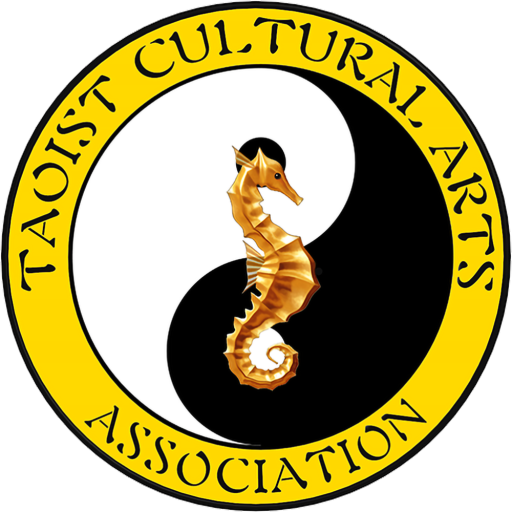
The cultural annals of China stand testament to an intricate interweaving of wisdom and philosophy. Amongst this vast body of knowledge, ‘yang’ emerges as a beacon, illuminating the realms of life, medicine, and physical harmony. This guiding principle, celebrated for its vibrant energy and warmth, remains a cornerstone of Chinese thought. Through this comprehensive treatise, we will embark on an exploration of yang—drawing inspiration from Taoist sages, demystifying its role in Chinese medicine, and understanding its manifestation in the art of Tai Chi.
Yang in Taoist Philosophy: Words from the Wise
Taoism, with its origins tracing back millennia, has etched a unique space in the world of philosophical thought. Central to this is the concept of yin and yang—a harmonious dance of opposites.
Laozi’s Insights on Yang
Laozi, one of Taoism’s foundational figures, provided profound insights into the nature of yang. In his seminal work, the Dao De Jing, he articulates:
“The Way gives birth to One,
One gives birth to Two,
Two gives birth to Three,
Three gives birth to all things.”
[Source: Dao De Jing]
This passage is often interpreted as a reference to the progression from Tao (the Way) to the duality of yin and yang and then to the myriad things of the world. Here, yang emerges as the active, shining counterpart to the passive yin.
Reflections by Zhuangzi and Liezi
Zhuangzi, another pillar of Taoist thought, often delved into the intricacies of yang. He stated:
“There is a beginning. There is a not yet beginning to be a beginning. There is a not yet beginning to be a not yet beginning to be a beginning. There is being. There is nonbeing.”
[Source: Zhuangzi]
This poetic meditation further emphasizes the intertwined nature of yin and yang, the existence and non-existence that play together in the universe.
Liezi, another eminent Taoist philosopher, built upon this foundation, often emphasizing balance and harmony.
The Yin-Yang Symbol: A Chronicle of Dualities
The iconic yin-yang emblem, with its entwined black and white motifs, stands as a visual testament to the Taoist worldview. Its genesis lies in ancient China, representing the cyclical dance of day and night, activity and passivity, yang and yin. The yang, depicted in bright white, symbolizes daylight, warmth, and spirited activity—a harmonious counterbalance to yin’s tranquil darkness.
Yang’s Role in Chinese Medicine
In the universe of Traditional Chinese Medicine (TCM), yang is heralded as the beacon of activity, warmth, energy, and motivation.
Yang: The Essence of Vitality and Energy
Where yin is about conservation and nourishment, yang epitomizes the radiance of life. It’s the vital force that drives bodily functions, keeps the blood warm, and fuels the mind’s motivations. Diseases marked by excessive heat, feverishness, inflammation, or hyperactivity signal an imbalance where yang predominates.
Yet, yang’s significance lies not just in its standalone might but in its role to counterbalance yin. For instance, where yin represents cold and stagnation, yang provides the warmth and movement essential to maintain harmony.
Yang in Tai Chi: The Dance of Energy
Tai Chi, the poetic symphony of movements, is a vibrant playground where yin and yang dance. Yang, in this realm, is about the outward expression of energy. It’s the crescendo in the rhythmic flow of Tai Chi—where movements peak in their expressiveness.
However, every Tai Chi sequence begins in the stillness of yin and culminates back into it, making yang the dominant force in between—much like life, which starts and ends in stillness, with a burst of energy and activity in the middle.
In essence, yang stands as a beacon, a testament to life’s vibrant energies. Whether through the meditative verses of Taoist sages, the healing touch of Chinese medicine, or the expressive dance of Tai Chi, it continues to guide, enlighten, and energize humanity in its timeless journey.

